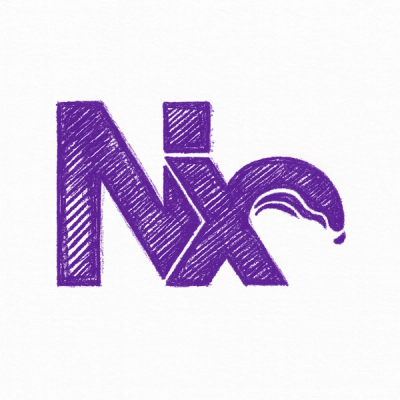DraftJS: Export ContentState to HTML
This is a module for DraftJS that will export your editor content to semantic HTML.
It was extracted from React-RTE and placed into a separate module for more general use. Hopefully it can be helpful in your projects.
Installation
npm install --save draft-js-export-html
How to Use
import {stateToHTML} from 'draft-js-export-html';
let html = stateToHTML(contentState);
Options
You can optionally pass a second "options" argument to stateToHTML which should be an object with one or more of the following properties:
inlineStyles
You can define rendering options for inline styles. This applies to built-in inline styles (e.g. BOLD) or your own custom inline styles (e.g. RED). You can specify which element/tag name will be used (e.g. use <b> instead of <strong> for BOLD). You can add custom attributes (e.g. class="foo") or add some styling (e.g. color: red).
Example:
let options = {
inlineStyles: {
BOLD: {element: 'b'},
ITALIC: {
attributes: {class: 'foo'},
style: {fontSize: 12}
},
RED: {style: {color: '#900'}},
},
};
let html = stateToHTML(contentState, options);
inlineStylesFn
You can define custom function to return rendering options based on inline styles. Similar to draft.js customStyleFn.
Example:
let options = {
inlineStyleFn: (styles) => {
let key = 'color-';
let color = styles.filter((value) => value.startsWith(key)).first();
if (color) {
return {
element: 'span',
style: {
color: color.replace(key, ''),
},
};
}
},
};
let html = stateToHTML(contentState, options);
blockRenderers
You can define a custom renderer for any block type. Pass a function that accepts block as an argument. You can return a string to render this block yourself, or return nothing (null or undefined) to defer to the default renderer.
Example:
let options = {
blockRenderers: {
atomic: (block) => {
let data = block.getData();
if (data.get('foo') === 'bar') {
return '<div>' + escape(block.getText()) + '</div>';
}
},
},
};
let html = stateToHTML(contentState, options);
defaultBlockTag
If you don't want to define the full custom render for a block, you can define the type of the parent block tag that will be created if the block type doesn't match any known type.
If you don't want any parent block tag, you can set defaultBlockTag to null.
Example:
let options = {
defaultBlockTag: 'div',
};
let html = stateToHTML(contentState, options);
blockStyleFn
You can define custom styles and attributes for your block, utilizing the underlying built-in rendering logic of the tags, but adding your own attributes or styles on top. The blockStyleFn option takes a block and returns an Object similar to inlineStyles of the following signature or null:
{
attributes: {}
style: {}
}
Example:
let options = {
blockStyleFn: (block) => {
if (block.getData().get('color')) {
return {
style: {
color: block.getData().get('color'),
},
}
}
}
}
let html = stateToHTML(contentState, options);
entityStyleFn
It is passed an entity object
and should return an entityStyle object in the shape of:
{
element: 'element',
attributes: {},
style: {}
}
Example:
let options = {
entityStyleFn: (entity) => {
const entityType = entity.get('type').toLowerCase();
if (entityType === 'image') {
const data = entity.getData();
return {
element: 'img',
attributes: {
src: data.src,
},
style: {
},
};
}
},
};
let html = stateToHTML(contentState, options);
Contributing
If you want to help out, please open an issue to discuss or join us on Slack.
License
This software is BSD Licensed.



